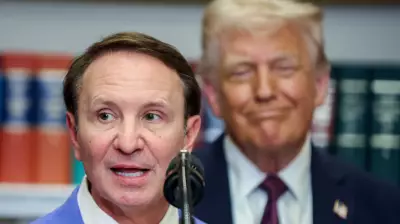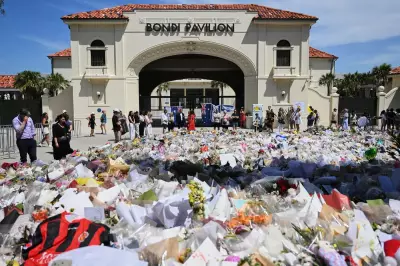
As Canadians gather at the National War Memorial in Ottawa for this year's Remembrance Day service, attention turns to the vulnerability of this sacred ground located in Confederation Square, just down from the Parliament Buildings with a view of the Peace Tower.
Historical Significance Meets Modern Vulnerability
The area surrounding the National War Memorial holds profound importance for the nation. It not only features the iconic memorial but also houses the Tomb of the Unknown Soldier, where the National Remembrance Day Service occurs annually. The site has witnessed touching traditions develop, including the placing of individual poppies on the tomb after services, and serves as where visiting dignitaries like King Charles III pay respects to Canada's war dead.
However, this sacred space has shown its vulnerability in recent years. The situation deteriorated significantly during the Freedom Convoy occupation in winter 2022, when large transport trucks paralyzed downtown Ottawa for weeks in protest against COVID-19 restrictions. During this period, a particularly distressing incident occurred when a young woman danced on the Tomb of the Unknown Soldier in front of media cameras. More recently, in June of this year, vandals sprayed graffiti on the Holocaust Memorial nearby.
Ongoing Security and Jurisdictional Challenges
The stretch of Wellington Street adjacent to Confederation Square has remained a point of contention since the convoy occupation. The street was closed for more than a year afterward due to fears of similar protests. The federal government has expressed interest in taking over this section of the street to incorporate it into the Parliamentary Precinct, which would transfer policing responsibility from the Ottawa Police Service to the Parliamentary Protective Service overseen by the Royal Canadian Mounted Police.
Various proposals have been suggested for the area, including transforming it into a pedestrian mall and establishing a streetcar service connecting Gatineau across the Ottawa River. The federal government has indicated willingness to purchase the area from the city of Ottawa to facilitate these changes.
Calls for Comprehensive Protection
Advocates like Tom MacGregor argue that any transfer of jurisdiction should include Confederation Square within the protected area. Despite the clear vulnerabilities demonstrated in recent years, Ottawa Mayor Mark Sutcliffe stated this fall that there are no plans to remove cars and traffic from the area. The situation has been further complicated by apparent stagnation in discussions between government levels.
Federal authorities previously accused the city of stalling negotiations, and concerningly, no reference to these crucial negotiations appeared in briefing notes for Prime Minister Mark Carney's ministers. This lack of progress leaves one of Canada's most significant national symbols potentially exposed to future security threats.
The need for enhanced protection measures becomes increasingly urgent as the memorial continues to serve its vital role in national remembrance and ceremony. With the area's demonstrated vulnerability and ongoing jurisdictional uncertainties, many Canadians await decisive action to ensure proper safeguarding of this sacred space for future generations.





